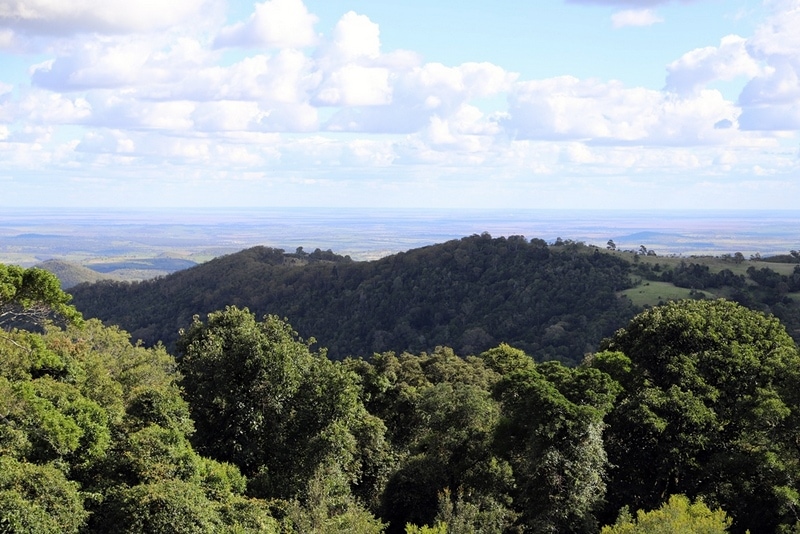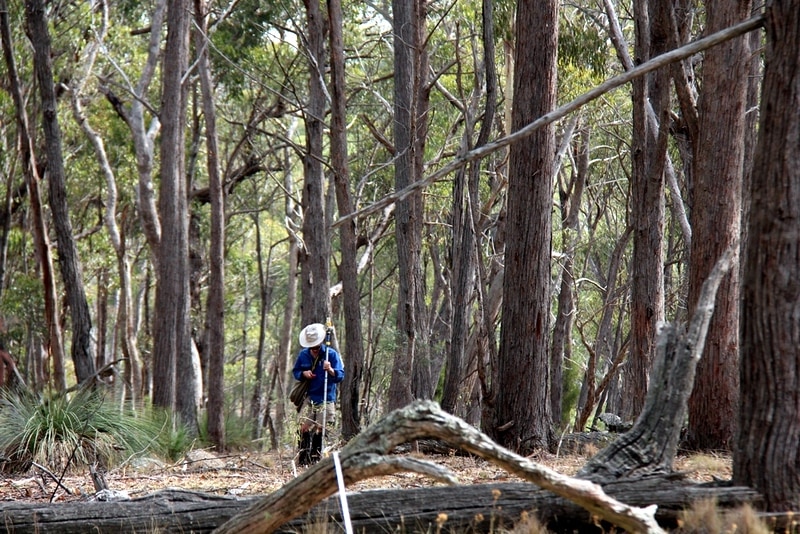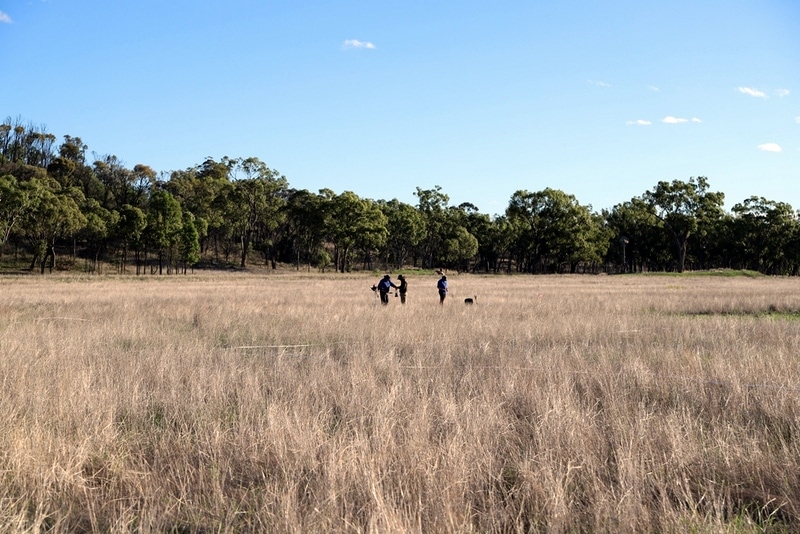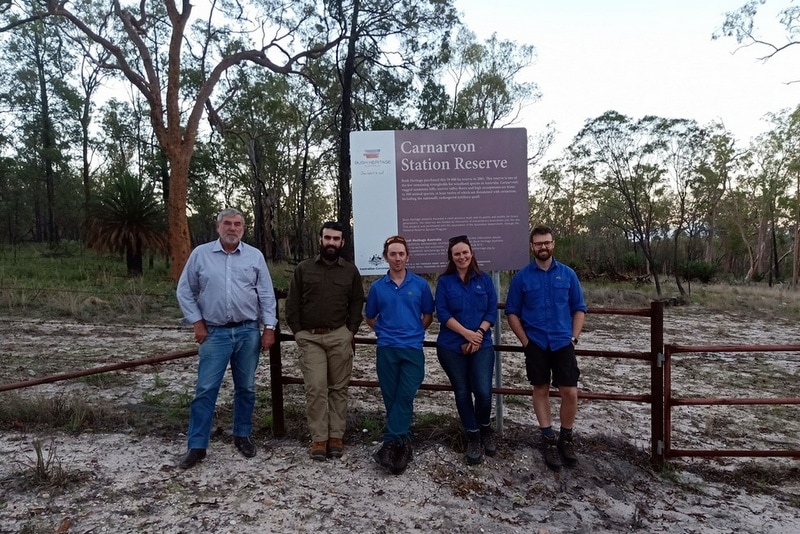TERN has added another 24 permanent vegetation and soil monitoring plots to its national network of over 700 ecosystem surveillance sites. The new plots in New South Wales and Queensland deliver needed data and samples to landholders, universities, governments and not-for-profit organisations.
Chosen in consultation with leading ecologists and state and federal agencies, the 24 new plots fill known information gaps in certain bioregions and strengthen the spatial representativeness of TERN’s land ecosystem observatory.
For example, new TERN landscape observatory plots in Queensland’s Bunya mountains will provide vital data and samples from unique subtropical montane grasslands of particular scientific and botanical interest. And, the new plots in NSW fill a documented gap in the climatic and land-type coverage of the TERN land observatory.

Delivering needed data and samples to landholders, unis, governments and not-for-profits
TERN is working hard to add plots to fill gaps in bioregions covered by the TERN national research infrastructure to provide better spatial and temporal data to meet the needs of researchers and modellers. In doing so we are privileged to collaborate with a host of government, university and not-for-profit partners who see immediate benefit to their own initiatives.
For example, in north-eastern NSW, TERN worked closely with the University of New England (UNE) at their Newholme Smart Farm to establish four ecosystem surveillance sites across the summit and slopes of Mt Duval. UNE plans to use the data collected by TERN as part of their undergraduate teaching, building on existing work in the region.

TERN also collaborated with the NSW Office of Environment and Heritage, collecting samples for the Royal Botanical Gardens NSW Restore and Renew Project; and with Local Land Services to collect baseline data at two properties in the Clarence River Valley.
Further north in Queensland’s Western Downs region, TERN worked with the regional council on new plots that are expected to contribute data to fire monitoring and weed management projects.
Also in Queensland, TERN’s long-standing collaboration with Bush Heritage Australia continued with five plots established at Carnarvon Station Reserve and two at Goonderoo Reserve—bringing the total number of Bush Heritage Australia reserves sampled by TERN to nine.

Local landholders lend a hand
Thanks to the generous support from local landholders, the TERN field team were able to access suitable locations of remnant native vegetation amongst areas of farmland. One such landholder was Ken Crawford, who provided access to his property at Boggabri, near Narrabri NSW, and passed on a huge amount of local knowledge and history to the TERN field team.
“The data and samples collected by TERN will greatly supplement the hydrogeology work that I’ve already completed on my property,” says Ken, a retired hydrogeologist and environmental consultant.
“They will provide the missing pieces to the puzzle of understanding ecosystem function and significantly assist with the management of the property.”
The site at Boggabri also provided a trial of the modified plot size that the Australian Government Office of the Supervising Scientist will use to sample vegetation communities around the Ranger uranium mine site.

Adding temporal depth to TERN ecosystem surveillance data
Not only are we increasing the spatial coverage of our observatory but we’re also working hard on adding temporal depth to our ecosystem surveillance data. To do this we’re resampling already established ecosystem surveillance sites and have, for example, just surveyed our plots in the Northern Territory Owen Springs Reserve for the fourth time.
With over 700 sites in the network, it’s easy to imagine one never-ending field trip around Australia! In fact, in just a few months’ time the TERN field team will be in Western Australia’s Kimberley, further expanding TERN research infrastructure. Follow the action via Instagram or Twitter and we’ll be sure to keep you updated via the TERN eNewsletter.
- Data from over 600 TERN Ecosystem Surveillance plots are now openly available via TERN’s Data Discovery Portal. Soil and plant samples are made available in the TERN Ecosystem Sample Library. For more information on TERN’s Ecosystem Surveillance platform click here or contact Associate Professor Ben Sparrow.
- TERN would like to thank volunteers, Leighlan Doe and David Murphy, for their contributions, teamwork, and enthusiasm during the recent field campaigns. We simply couldn’t do this without your support.







